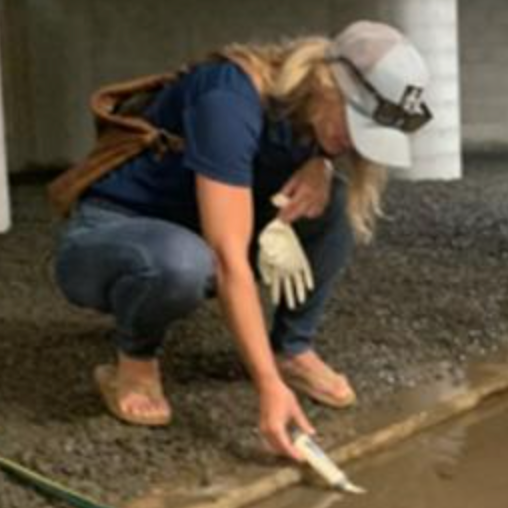Major cities on the U.S. Atlantic coast are sinking
Jan. 03, 2024.
2 min. read
Interactions
Some sinking at more than 5 mm per year, affecting 2 million people and 800,000 properties
RELATED NEWS
In some cases, they’ve sunk as much as 5 millimeters per year—a decline at the ocean’s edge that outpaces global sea level rise, confirms new research from Virginia Tech and the U.S. Geological Survey.
Particularly hard-hit population centers such as New York City, Long Island, Baltimore, and Virginia Beach and Norfolk are seeing areas of rapid “subsidence,” or sinking land, alongside more slowly sinking or relatively stable ground, increasing the risk to roadways, runways, building foundations, rail lines, and pipelines, according to a study published in Proceedings of the National Academies of Sciences.
“Continuous unmitigated subsidence on the U.S. East Coast should cause concern,” say researchers at Virginia Tech’s Earth Observation and Innovation Lab. “This is particularly in areas with a high population and property density and a historical complacency toward infrastructure maintenance.”
The research includes a vast collection of data points measured by space-based radar satellites and using this highly accurate information to build digital terrain maps that show exactly where sinking landscapes present risks to the health of vital infrastructure.
How deep?
These groundbreaking new maps show that a large area of the East Coast is sinking at least 2 mm per year, with several areas sinking more than 5 mm per year, more than the current 4 mm per year global rate of sea level rise.
This affects more than 2 million people and 800,000 properties on the East Coast and several cities along the East Coast. And multiple critical infrastructures such as roads, railways, airports, and levees are affected by differing subsidence rates, the researchers found.
The new findings appear in “Slowly but surely: Exposure of communities and infrastructure to subsidence on the US east coast” in the open-access journal PNAS Nexus.
How much has sunk?
Virginia Tech and U.S. Geological Survey (USGS) scientists measured how much the land along the East Coast has sunk and which areas, populations, and critical infrastructure within 100 km of the coast are at risk of land subsidence. Subsidence can undermine building foundations; damage roads, gas, and water lines; cause building collapse; and exacerbate coastal flooding—especially when paired with sea level rise caused by climate change.
Citation: Ohenhen, L. O., Shirzaei, M., & Barnard, P. L. (2023). Slowly but surely: Exposure of communities and infrastructure to subsidence on the US east coast. PNAS Nexus, 3(1). https://doi.org/10.1093/pnasnexus/pgad426
Let us know your thoughts! Sign up for a Mindplex account now, join our Telegram, or follow us on Twitter.

.png)

.png)


.png)





0 Comments
0 thoughts on “Major cities on the U.S. Atlantic coast are sinking”